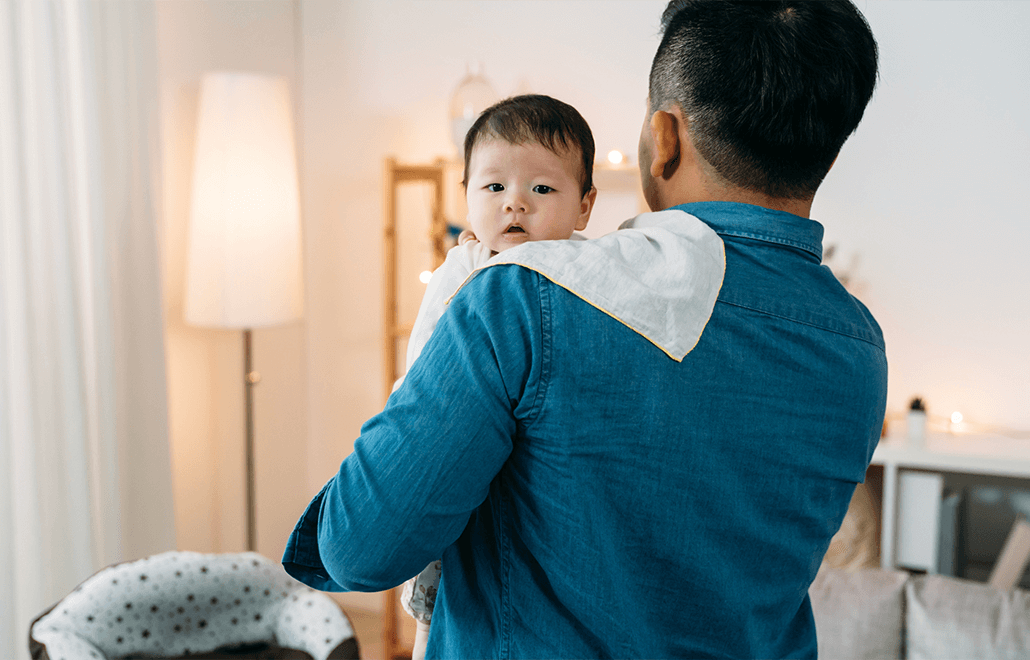
23 Apr How To Burp A Baby
3 min. readWelcoming a newborn into your family brings immeasurable joy and a steep learning curve. From feeding and diaper changes to soothing cries and ensuring sleep, every aspect of caring for a baby requires patience and practice. Among these tasks, learning how to burp your baby properly is an essential skill that can help prevent discomfort and promote better digestion. In this blog, we’ll explore why burping is important when to burp your baby and the best techniques for ensuring a successful burping session.
Understanding the Importance of Burping:
Newborns have delicate digestive systems that are still developing, making them prone to gas buildup during feeding. When your baby feeds, they swallow air along with breast milk or formula. Without proper burping, this trapped air can cause discomfort, bloating, and fussiness. Burping helps release trapped gas, preventing discomfort and reducing the risk of spit-up or reflux.
When to Burp Your Baby:
Timing is crucial when it comes to burping your baby. While every baby is different, it’s generally recommended to burp your baby:
- During Feeds: Pause feeding halfway through to burp your baby, especially if they’re bottle-fed or feeding from the breast with a fast flow.
- After Feeds: If your baby seems content and relaxed after a feed, you can try burping them again once they’ve finished.
- When Switching Breasts or Bottles: If you’re breastfeeding and switch sides, or if you’re bottle-feeding and switch bottles, it’s a good idea to pause and burp your baby before continuing.
Techniques for Burping Your Baby:
There are several techniques you can try to help your baby release trapped gas and air bubbles:
- Over-the-Shoulder: Hold your baby upright against your chest with their chin resting on your shoulder. Gently pat or rub their back in an upward motion to encourage burping.
- Sitting Position: Sit your baby on your lap, supporting their chest and chin with one hand while using the other hand to pat or rub their back.
- Face-Down on Your Lap: Lay your baby face-down across your lap with their head turned to one side. Use gentle pressure on their back to help release gas.
- Face-Up on Your Lap: Lay your baby face-up on your lap, supporting their head and neck with one hand while using the other hand to gently pat or rub their chest and upper abdomen.
- Walking or Rocking: If your baby is particularly fussy or gassy, walking or rocking while holding them upright may help facilitate burping.
Mastering the art of burping is an essential skill for new parents that can help keep your baby comfortable and content. By understanding the importance of burping, knowing when to burp your baby, and using effective techniques, you can help prevent gas buildup and promote better digestion. Remember, every baby is unique, so don’t be discouraged if it takes some time to find the technique that works best for your little one. If you have any concerns about your baby’s feeding or digestion, don’t hesitate to reach out to us at Continuum Pediatrics. Our team of experienced pediatricians is here to provide support and guidance every step of the way.

